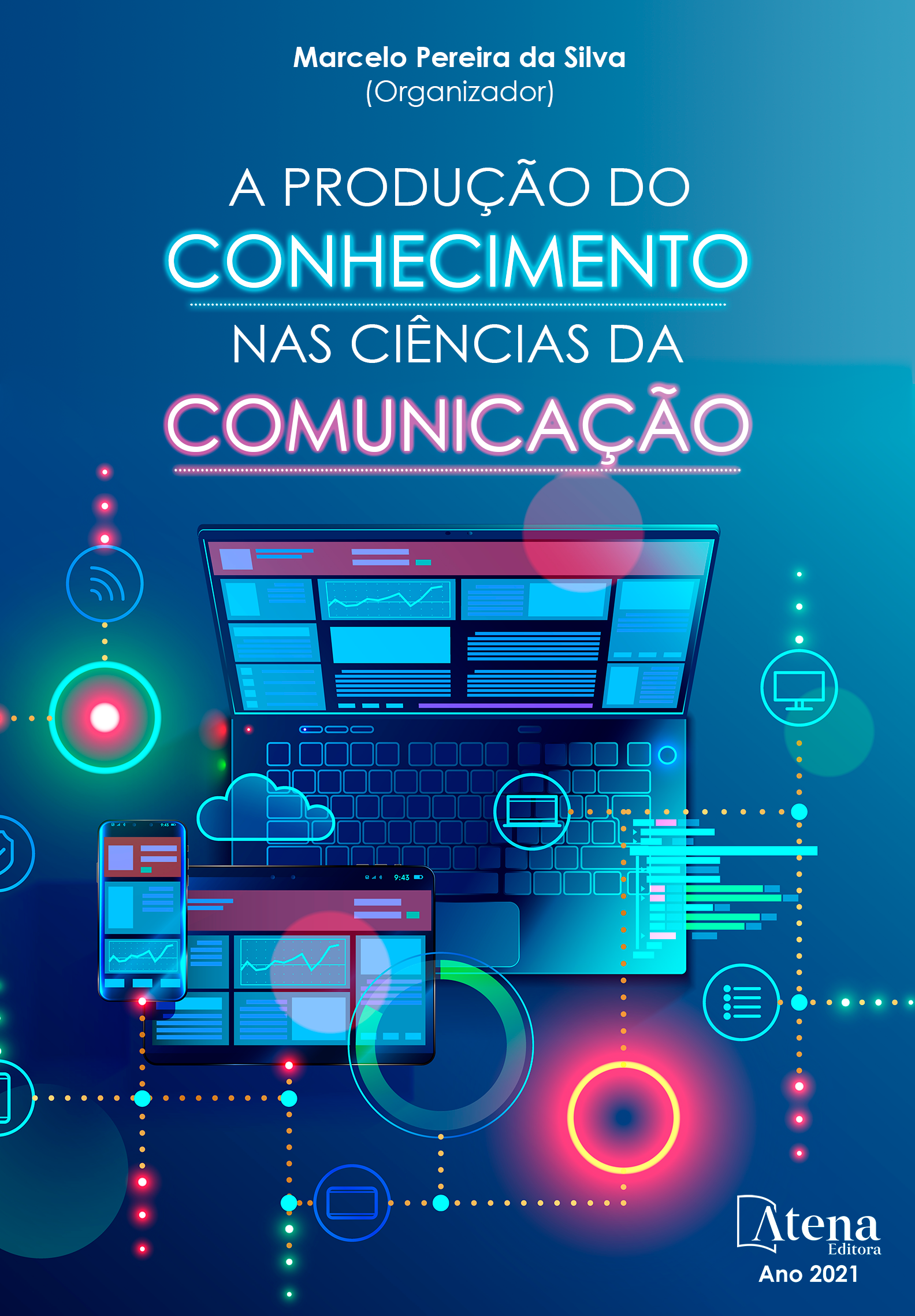
Realidade Virtual e Realidade Aumentada: inovações tecnológicas no campo da música
O presente artigo faz um estudo bibliográfico conceitual sobre realidade virtual (RV) e realidade aumentada (RA), com objetivo de relacionar as transformações ocorridas na música em ambientes ciberespaciais pela ampliação dos usos dessas tecnologias. Analisa-se a música enquanto linguagem, que carrega simbologias próprias, onde estas têm se transformado em bites e bytes numa cultura ciberespacial, inserida no contexto das tecnologias móveis. É a música “móvel”, que “anda” em smartphones, computadores, ou apenas em nuvens, onde aplicativos inteligentes fazem interfaces tecnológicas com essa linguagem musical. Para demostrar, de forma prática essas mudanças, utilizou-se aqui o exemplo do aplicativo Teomirn que demonstra como o uso da RV e da RA e dispositivos sensoriais podem facilitar a aprendizagem ampliando a interface homem-máquina para favorecer entendimento da linguagem musical e de aspectos sensório-motores.
Realidade Virtual e Realidade Aumentada: inovações tecnológicas no campo da música
-
DOI: 10.22533/at.ed.41021201226
-
Palavras-chave: Realidade Virtual e Aumentada. Música. Interface. Ciberespaço. Aplicativos.
-
Keywords: Virtual and Augmented Reality. Song. Interface. Cyberspace. Applications.
-
Abstract:
This article makes a conceptual bibliographic study on virtual reality (VR) and augmented reality (AR), with the objective of relating the transformations that have occurred in music in cyberspace environments due to the expansion of the uses of these technologies. Music is analyzed as a language, which carries its own symbologies, where these have been transformed into bits and bytes in a cyberspace culture, inserted in the context of mobile technologies. It's “mobile” music, which “walks” on smartphones, computers, or just on clouds, where intelligent applications make technological interfaces with this musical language. To demonstrate these changes in a practical way, the example of the Teomirn application was used here, which demonstrates how the use of VR and AR and sensory devices can facilitate learning by expanding the human-machine interface to favor understanding of musical language and aspects sensory motors.
-
Número de páginas: 15
- Marco José de Souza Almeida
- Ezidras Farinazzo Lacerda Filho
- DENISE MENDES DE SOUZA GONCALVES


